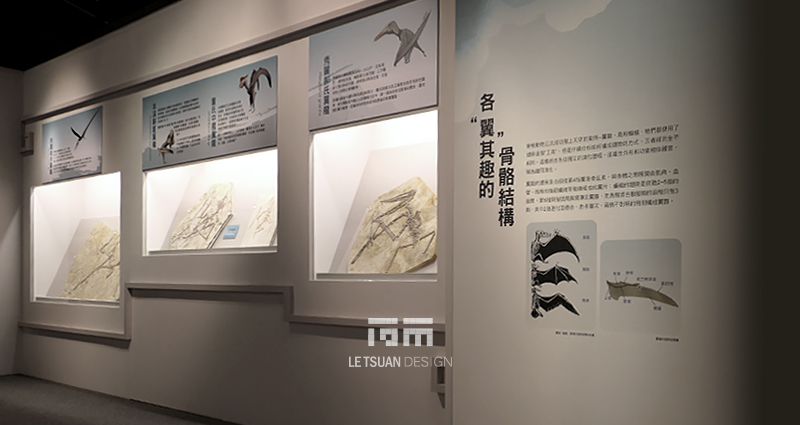The Jehol Biota is an ancient East Asian biological community about 131 million to 120 million years ago. Its fossils are mainly discovered in northern Hebei Province, western Liaoning Province and middle-eastern Inner Mongolia of China, with Eosestheria, Ephemeropsis trisetali and Lycoptera as representatives. The environment during this period was warm and humid with active volcano eruptions, while most of the aquatic life lived in freshwater lakes. Toxic gases emitted by volcanoes killed huge numbers of creatures, whose remains were quickly buried by volcanic ash, thus allowing fossils to be perfectly preserved. This is how the name “Mesozoic Pompeii” came into being. In the past 30 years, a large number of rare fossils have been discovered in the Jehol Biota, which enriched the biological assemblage of this area and provided crucial clues and examples for research on the evolution of the earth’s ecosystem. Among the findings are over 60 “super star fossils” including “feathered dinosaurs”, “dinosaurs that flew into the sky” and “the great-grandmother of all placental mammals”.
Location:國立自然科學博物館













,Le%20Tsuan%20design%20&%20interior%20deco,%E5%B1%95%E8%A6%BD,%E9%BA%97%E8%8D%83%E5%AE%A4%E5%85%A7%E8%A3%9D%E4%BF%AE-202304-001.jpg)


